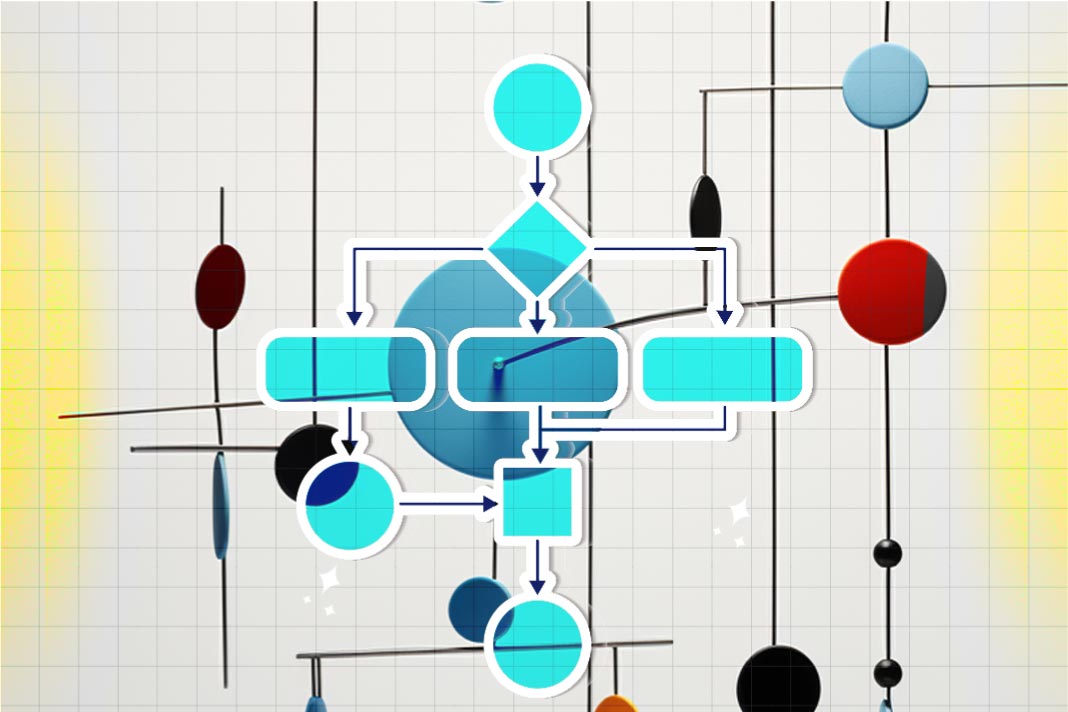Learn about hierarchical models, their components, and their AI use. Discover the advantages of this powerful approach over traditional flat models.
What is a Hierarchical Model?
Hierarchical models, or hierarchical statistical, multilevel, or random-effects models, are tools for analyzing data with a nested or grouped structure.
A hierarchical model organizes data and learning processes into layered structures in machine learning. This structure reflects the inherent hierarchical nature of many real-world phenomena, allowing the model to capture complex relationships and dependencies between data points.
Hierarchical Models and Bayesian Hierarchical Modelling
Bayesian Hierarchical Modelling (BHM) is a powerful statistical approach that combines hierarchical modeling with Bayesian inference. It tackles data with inherent group structures by simultaneously analyzing data at multiple levels and incorporating uncertainty estimations.
Also Read: Explained: Convolutional Neural Networks (CNNs)
Here are the core principles of Bayesian Hierarchical Modelling:
- Hierarchical structure: Data is organized into groups, forming a hierarchy. For example, students within classes and classes within schools.
- Shared information: The model considers data from individual units and their corresponding groups, avoiding treating each unit in isolation.
- Flexible parameters: Parameters can vary across groups, capturing group-specific effects. Instead of assuming a single average effect, BHM acknowledges variation.
- Bayesian approach: Probabilistic reasoning is used to estimate parameters and assess uncertainty. This provides more nuanced insights than traditional point estimates.
What are the two components of Hierarchical Models?
Levels and Structure
- Levels: The core aspect of a hierarchical model is its layered structure. Data is organized into nested levels, representing increasing levels of abstraction or granularity. This could be students within classes, words within sentences, or genes within cells.
- Relationships: Relationships are defined relationships between each level. These describe how the data points at one level connect and influence those at other levels. These relationships can be simple parent-child connections or more complex interactions.
Models and Learning Processes
- Individual Models: Each level in the hierarchy has its own model or learning process. These models can be simple statistical models or even other machine learning algorithms.
- Interaction and Learning: These individual models interact and influence each other, allowing the overall model to capture complex relationships and dependencies in the data. For example, a model studying student achievement might have separate models for individual students, classrooms, and schools, where the school-level model influences the classroom and individual student models.
The levels and structure define the organization of the data and the relationships between elements. The models and learning processes operate on each level, utilizing the structure to capture information and relationships across the hierarchy.
Also Read: Explained: AI Alignment
How are Hierarchical Models used in AI?
Hierarchical models are increasingly valuable tools in various areas of AI, offering several advantages over traditional flat models.
Improved Accuracy and Generalisability: By capturing the inherent hierarchical nature of real-world data, they can identify complex relationships and dependencies between components. This leads to more accurate predictions and models that generalize to unseen data than flat models.
Enhanced Interpretability: The layered structure enables understanding how different factors on different levels contribute to the outcome. This makes interpreting the model’s decisions easier and more transparent, which is crucial for many AI applications.
Reduced Overfitting: Sharing information across levels allows hierarchical models to learn effectively, even with limited data at each level. This reduces the risk of overfitting to specific details and enables them to generalize better.



